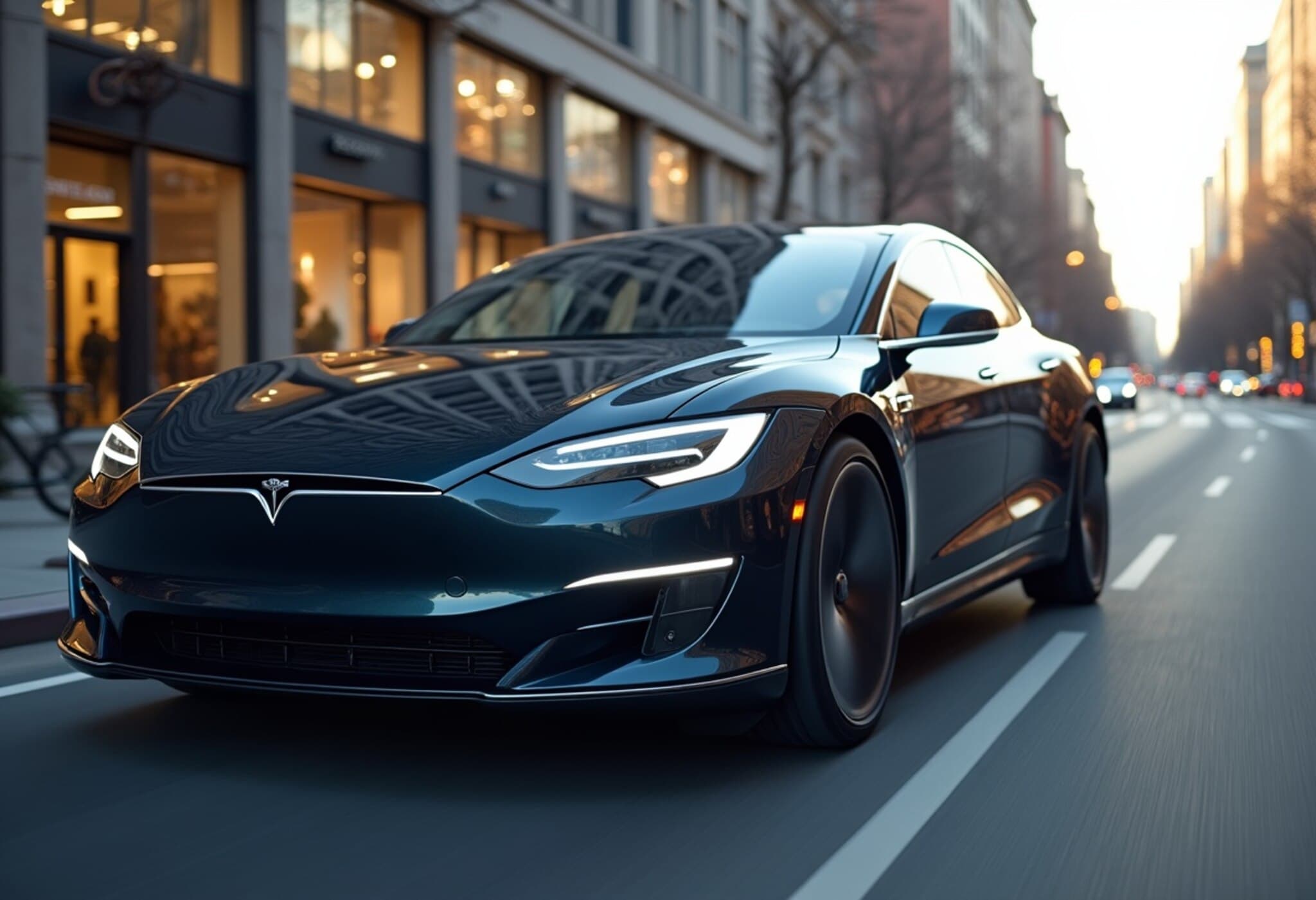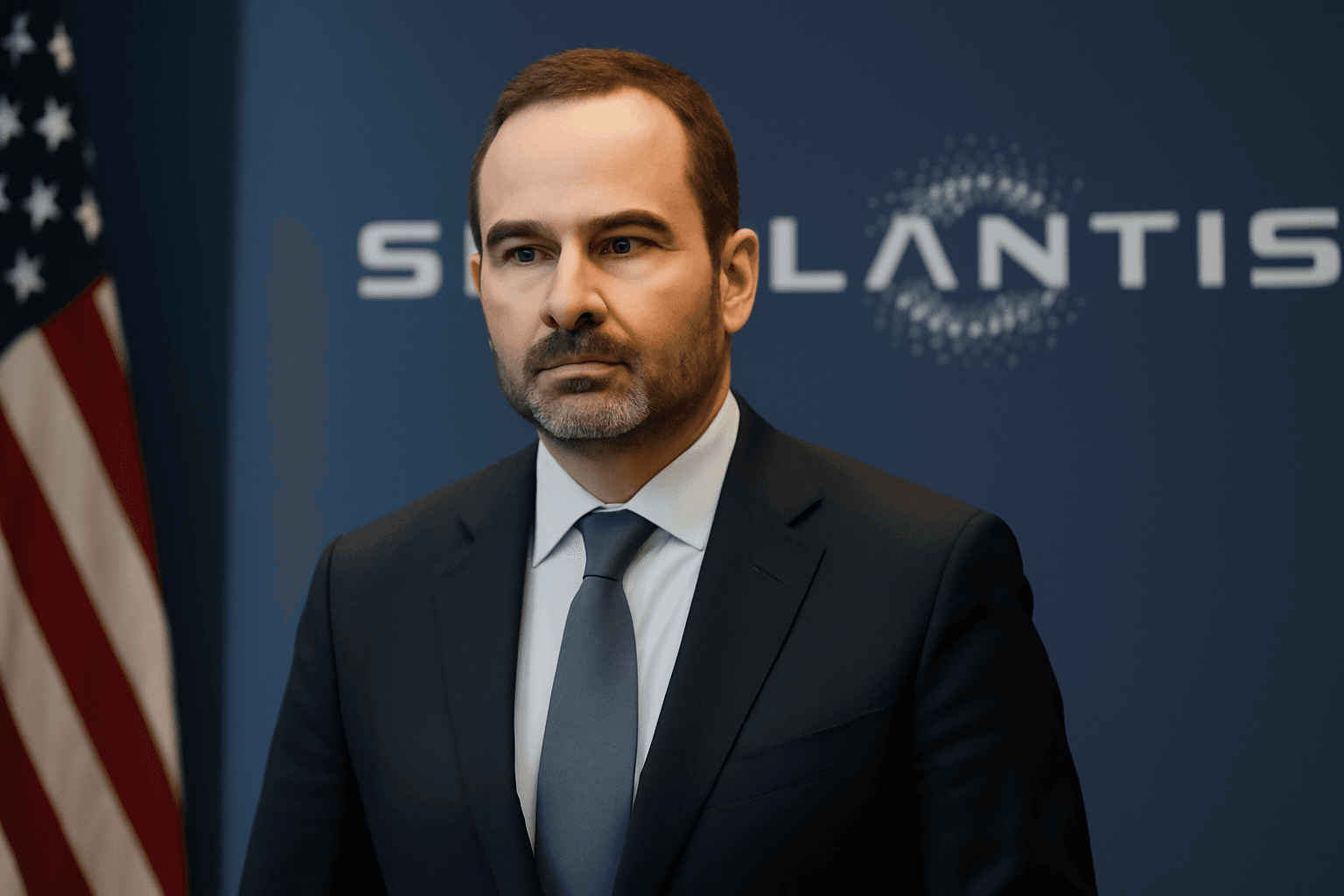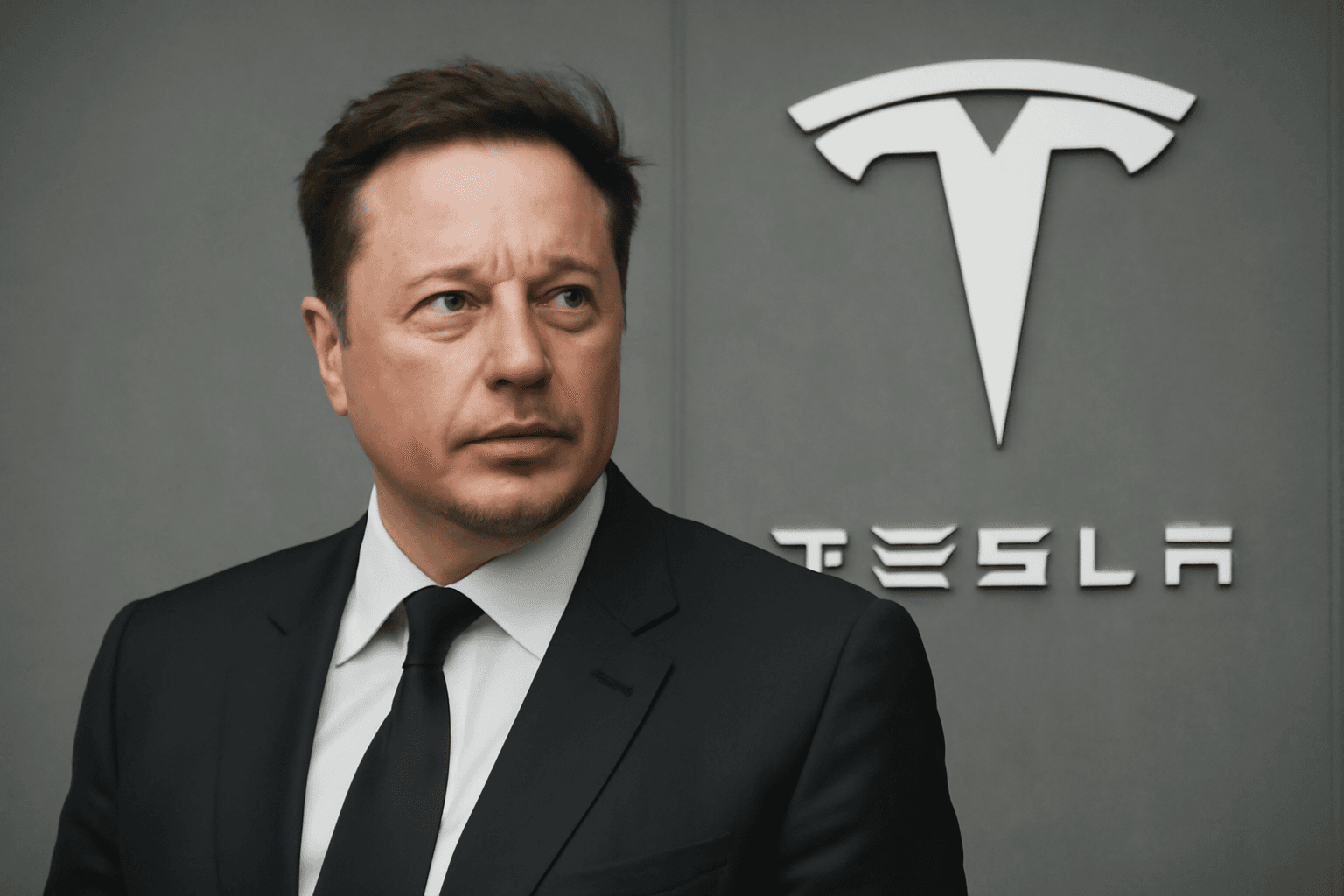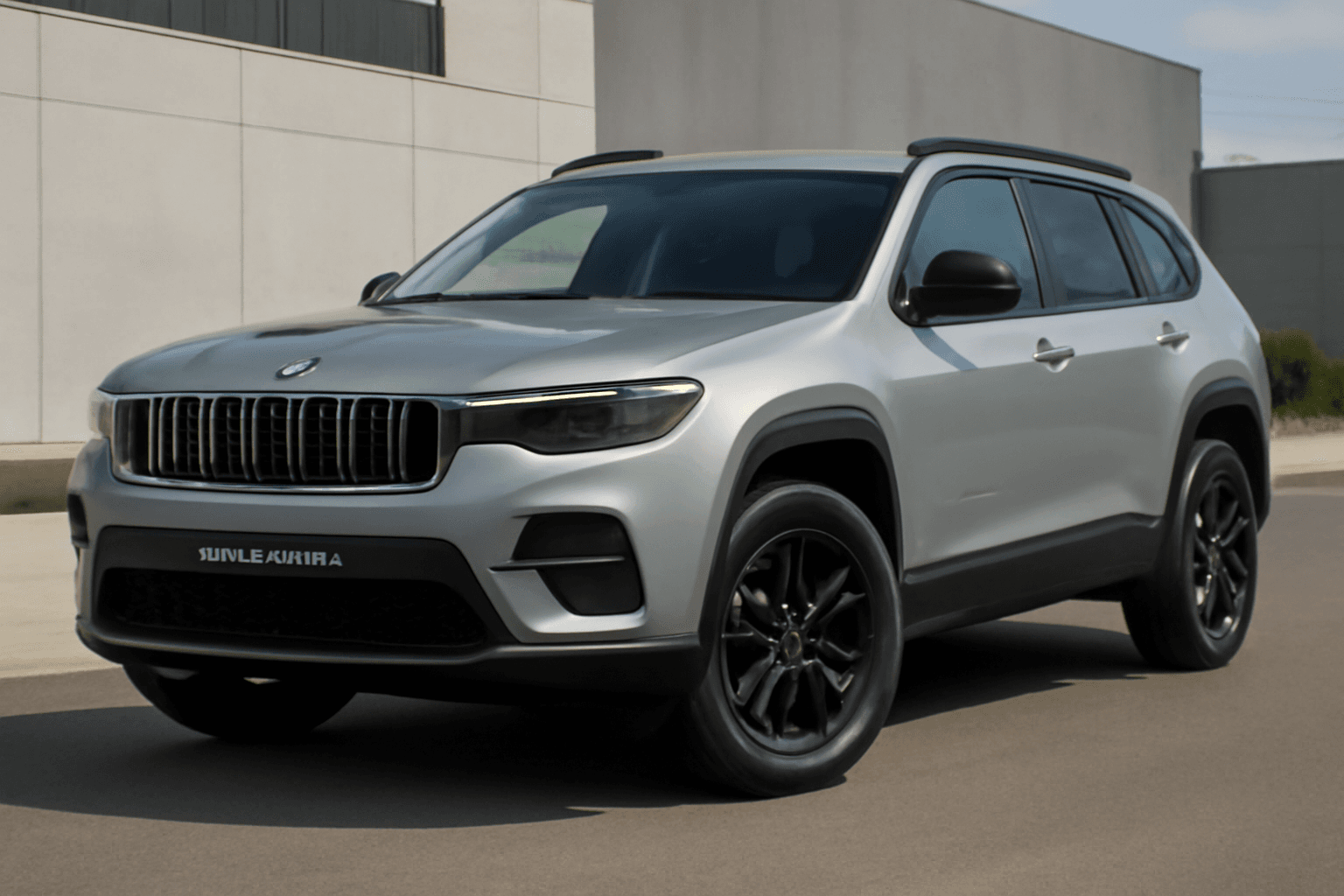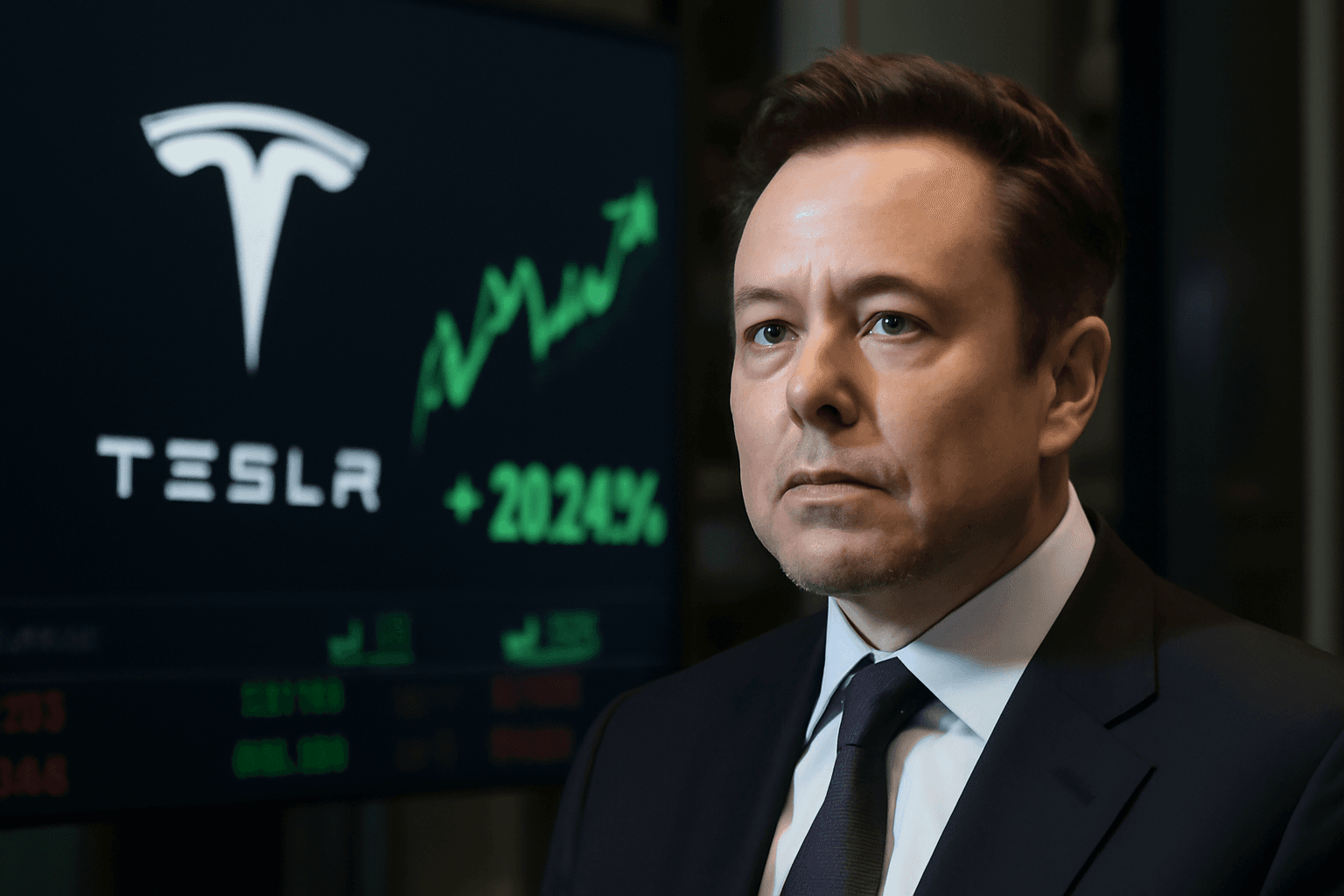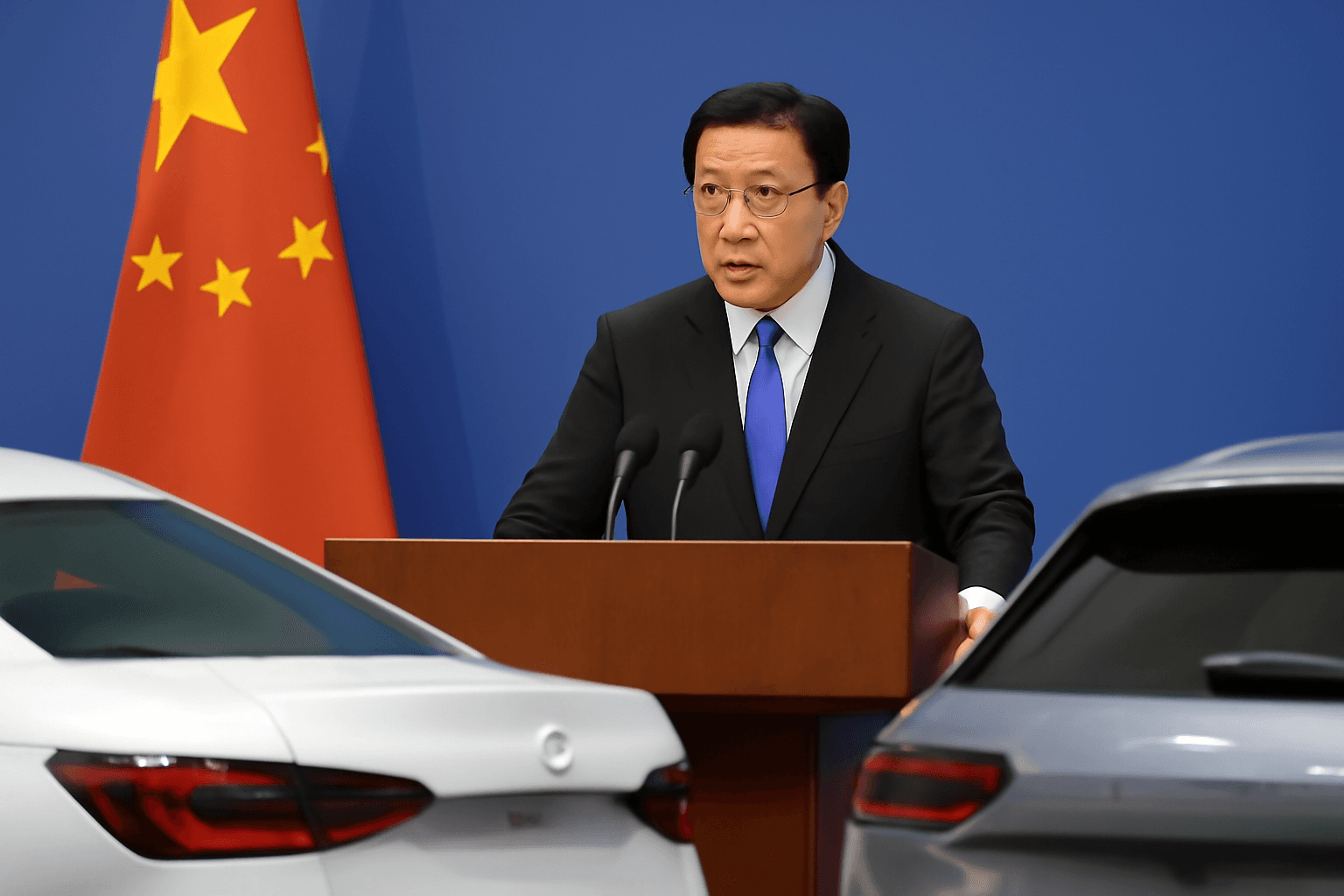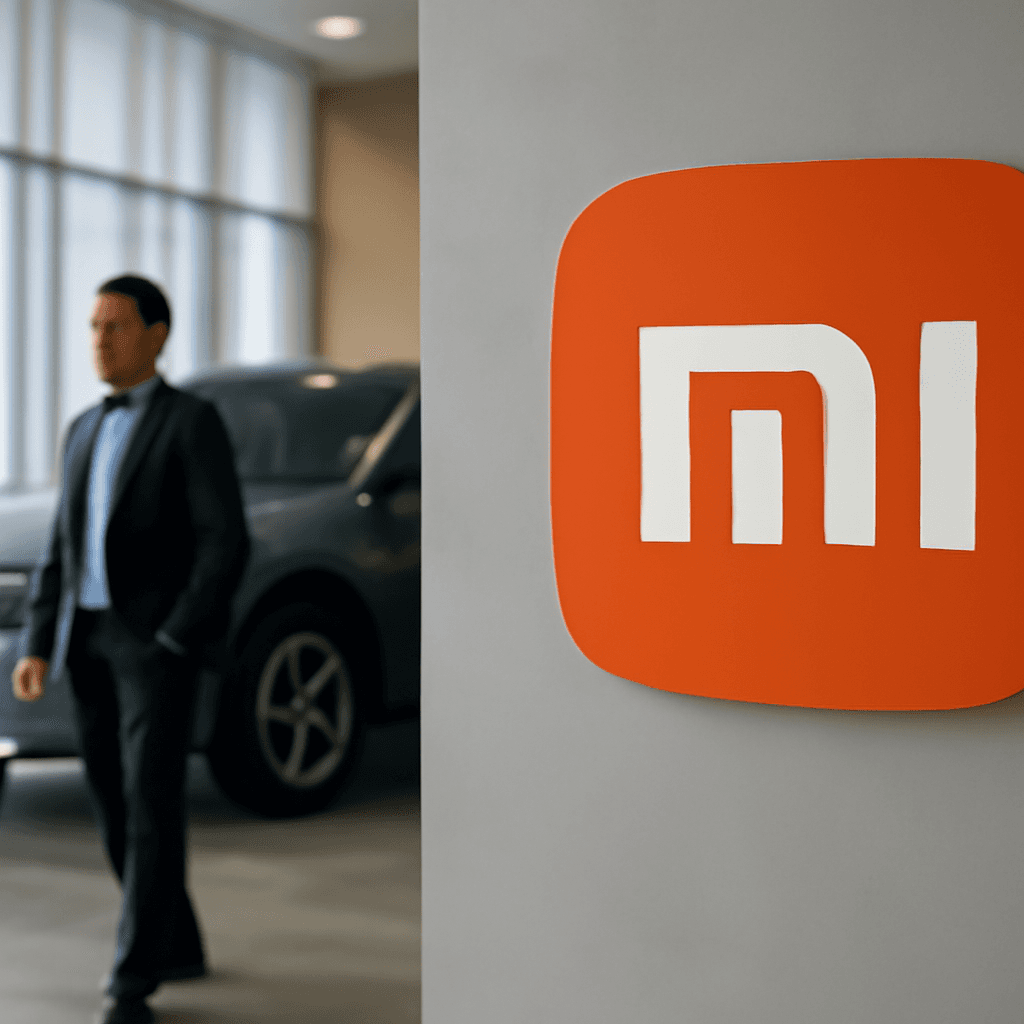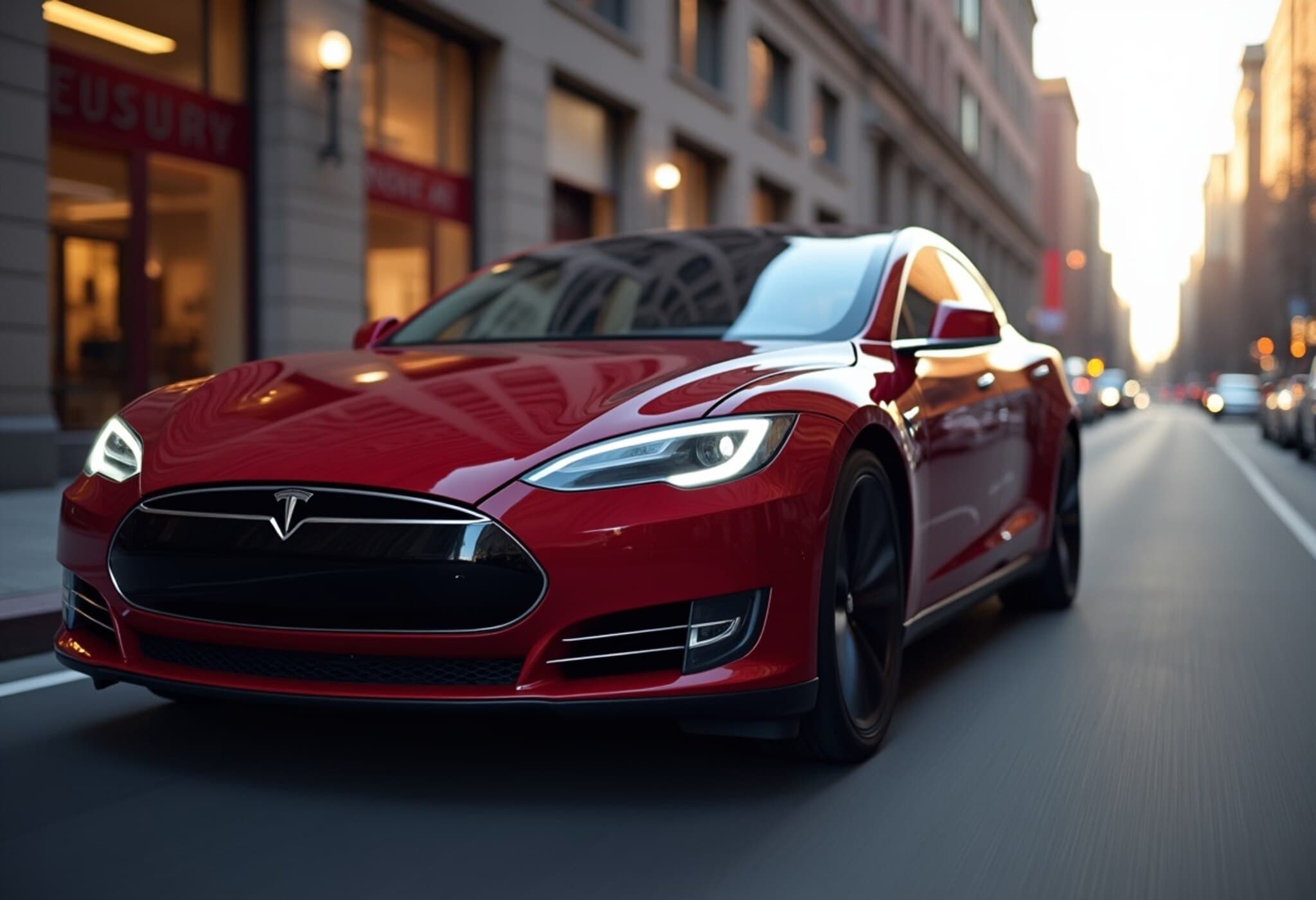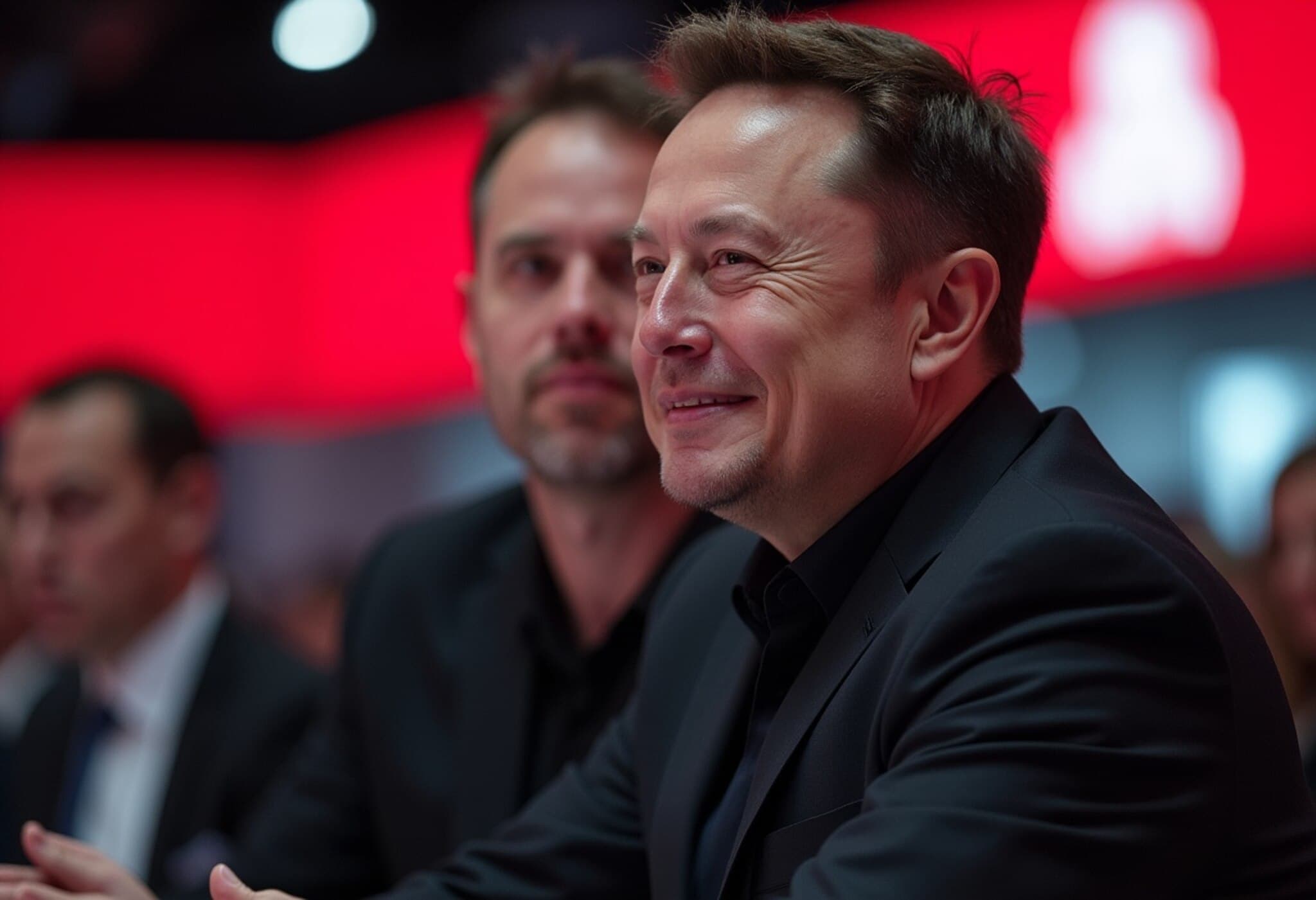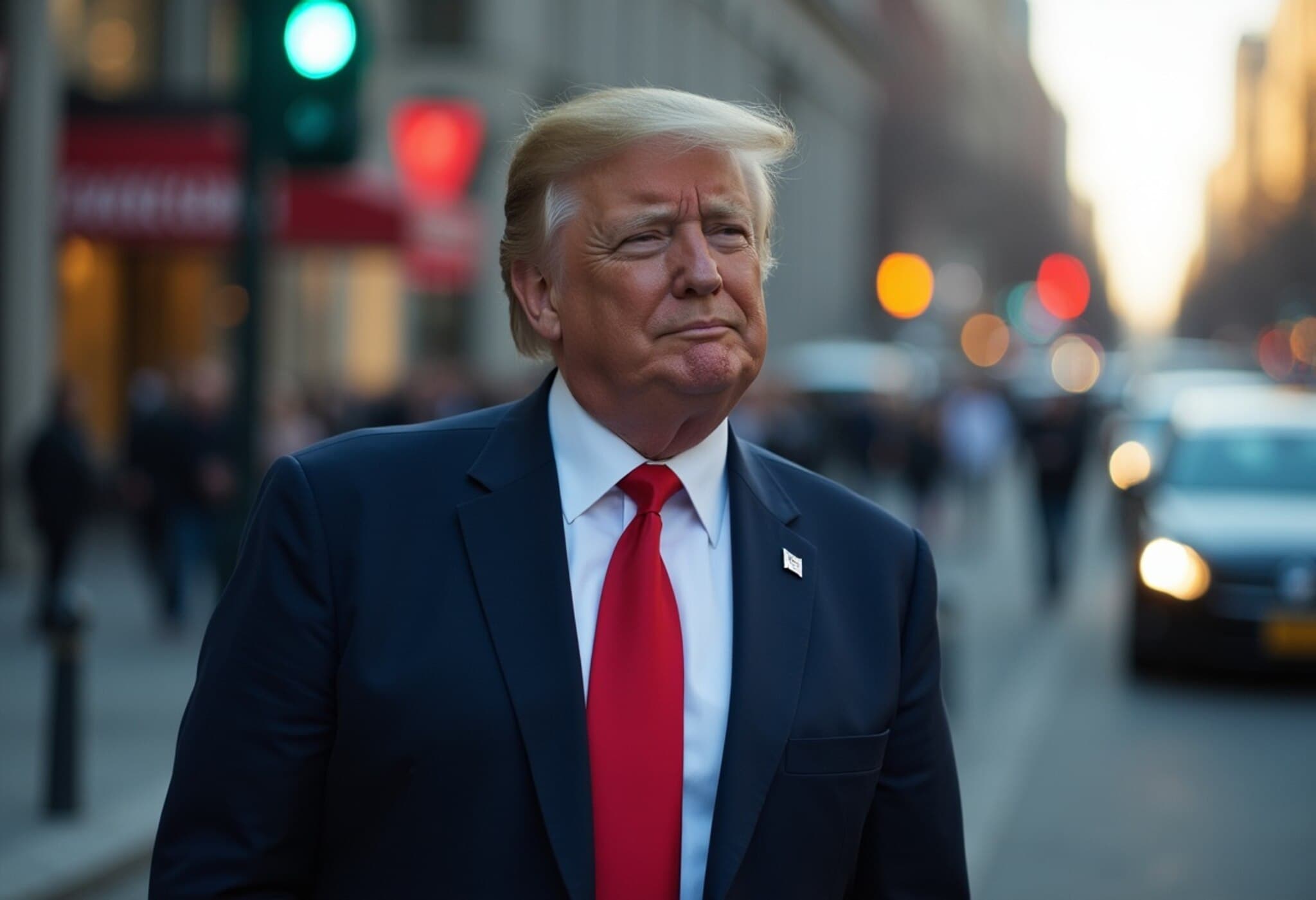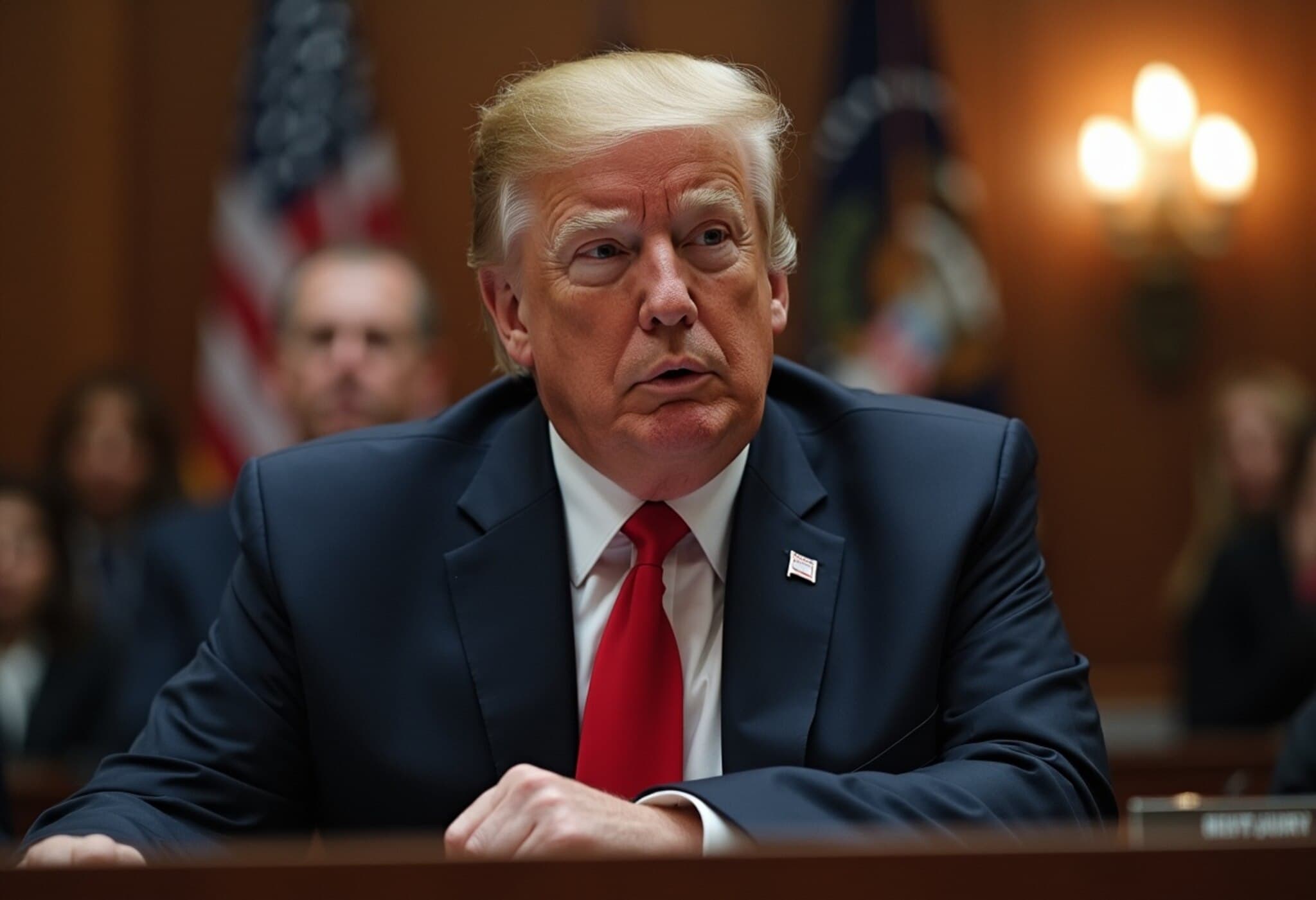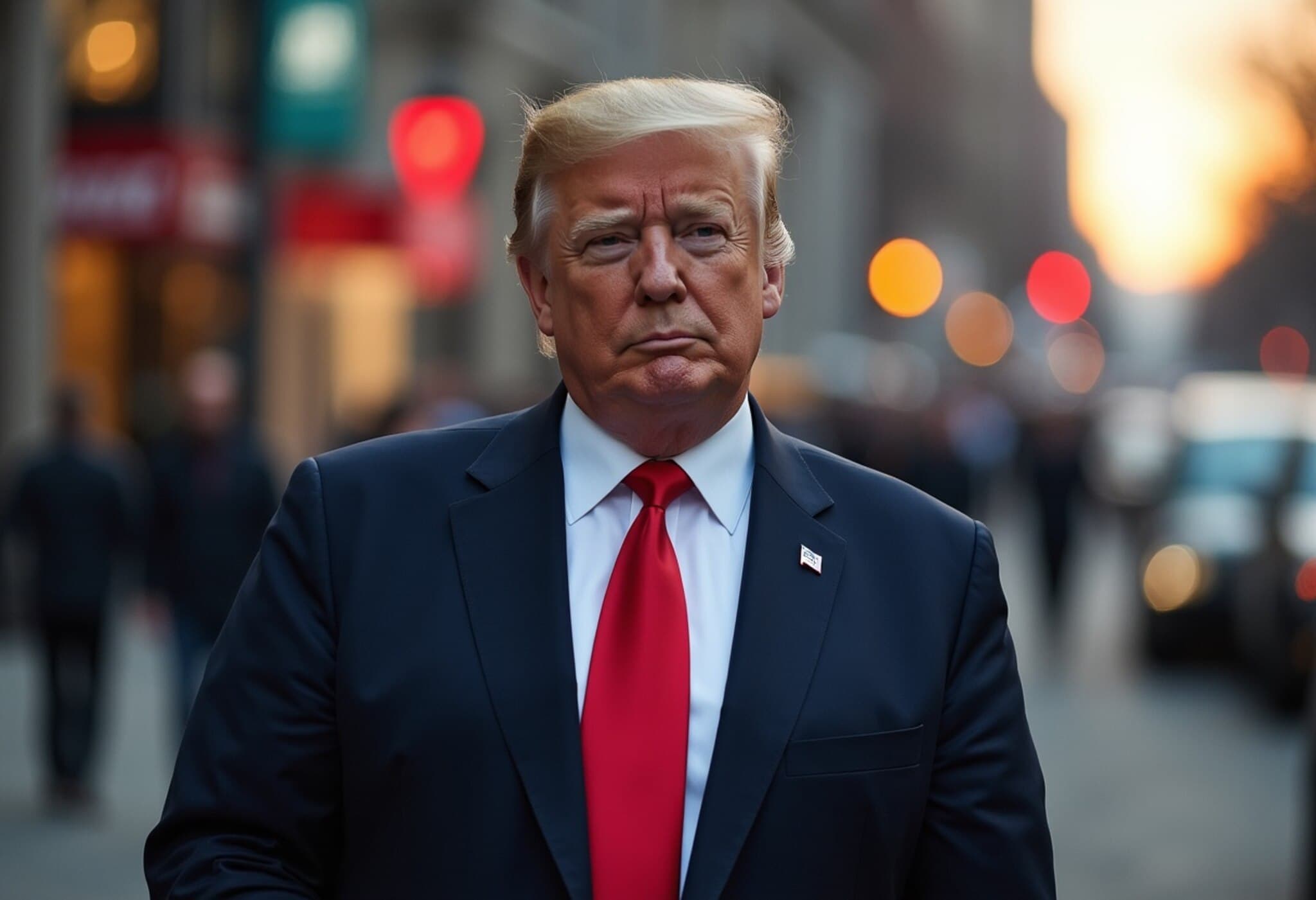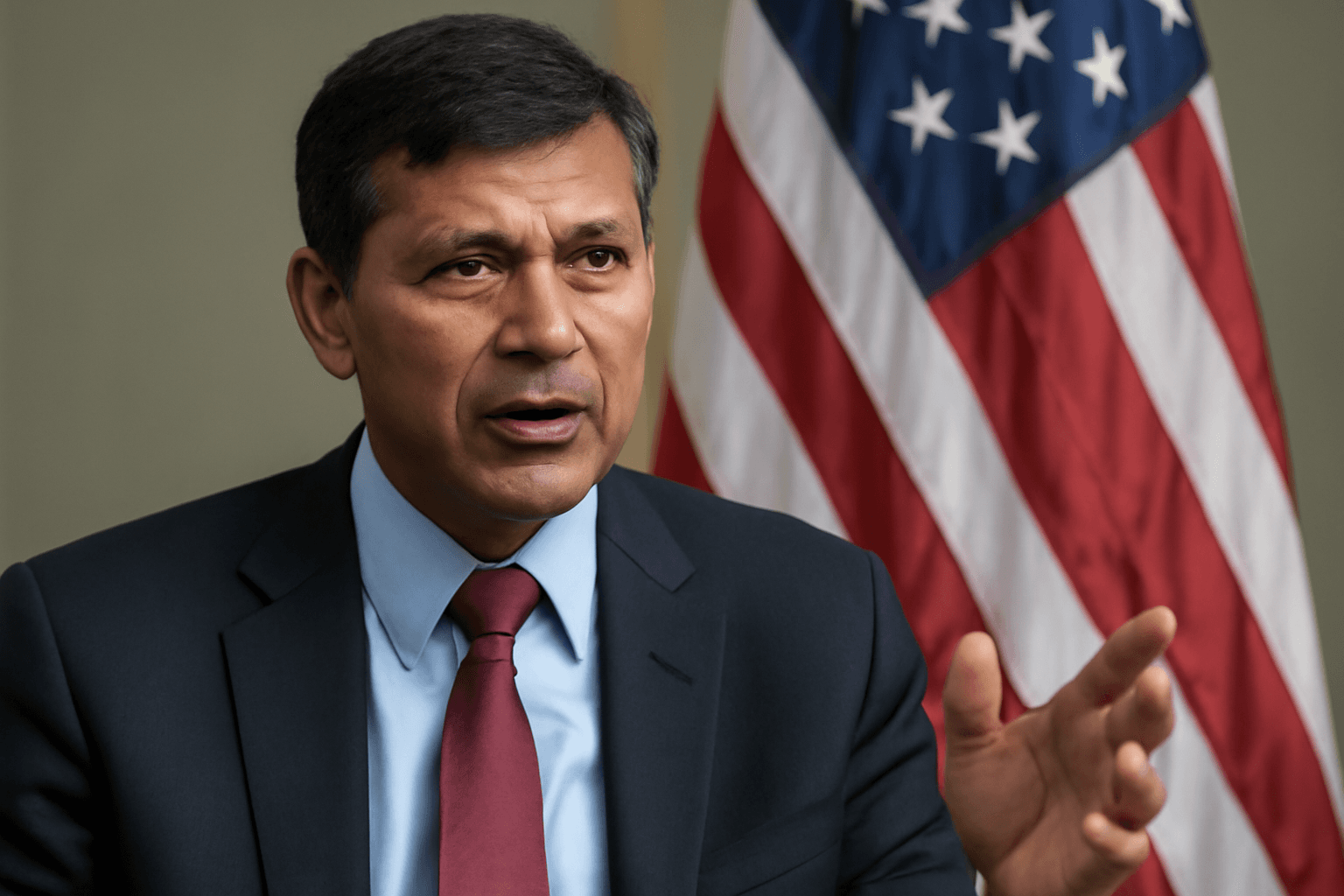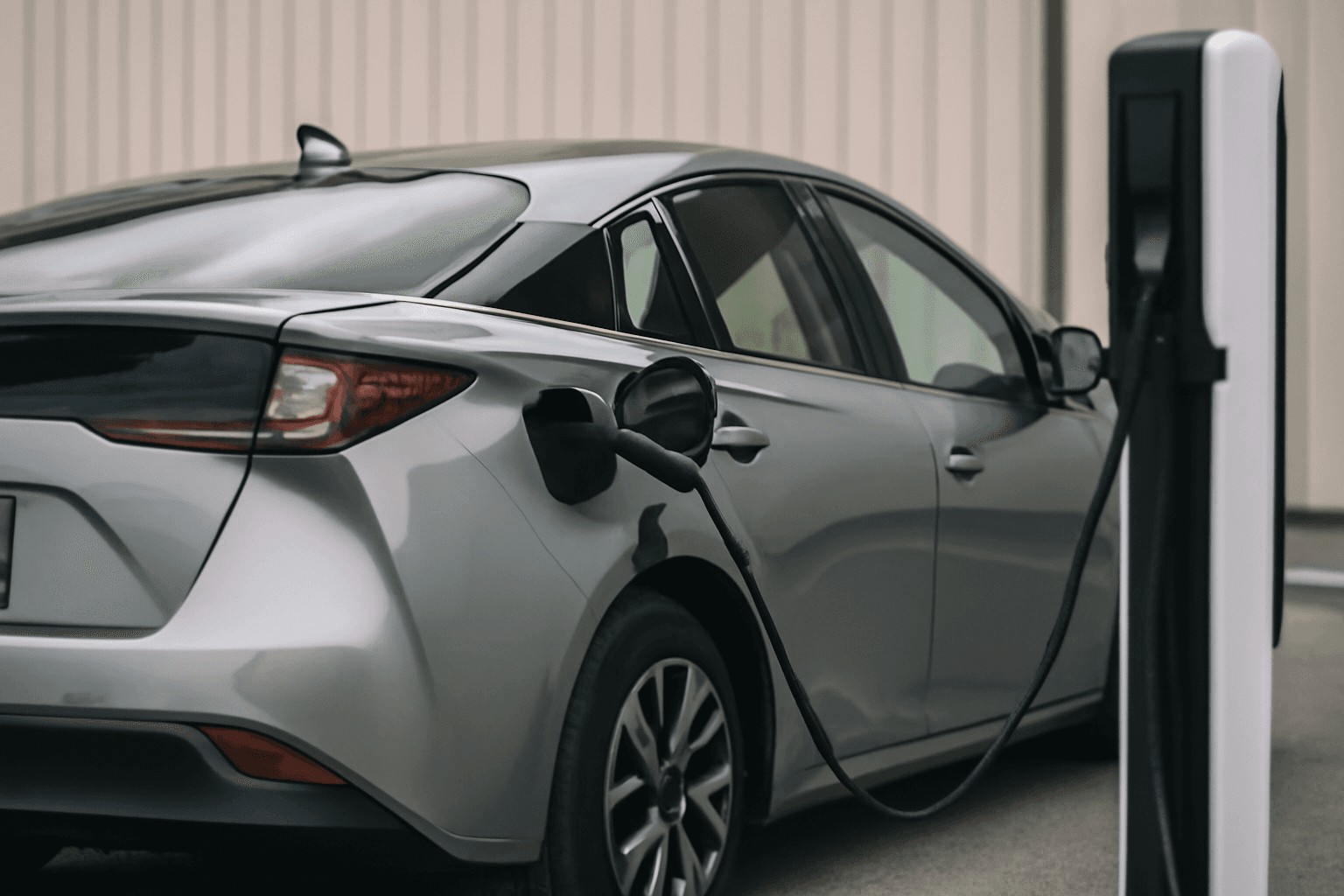How Shifting Federal Policies Are Reshaping the U.S. Electric Vehicle Market
Since taking office, President Donald Trump has pursued a significant rollback of federal support for electric vehicles (EVs), creating waves across the automotive industry. These changes—from eliminating EV mandates to ending lucrative tax credits—are compelling American automakers to rethink their strategies and financial projections amidst a rapidly evolving policy landscape.
Understanding the New Federal Actions Impacting EVs
On his very first day in office, President Trump signed an executive order aimed at dismantling the longstanding "electric vehicle mandate" that had guided automakers toward cleaner technologies. Further efforts include the Environmental Protection Agency's (EPA) recent proposal to reverse a pivotal 2009 finding that classified greenhouse gases as a public health threat. This regulatory rollback carries profound implications: it could free manufacturers from strict obligations to measure, limit, or report their emissions.
Concurrently, the Inflation Reduction Act's provisions that offered a $7,500 tax credit for new EVs and $4,000 for used EVs are set to expire after September 30, 2025. This expiration also eliminates the market for EV manufacturers to sell regulatory emissions credits to traditional automakers, a practice that previously offset tailpipe emissions for gas vehicles and generated significant revenue for EV companies. Such changes signal a drastic pivot benefiting conventional gasoline vehicles, while challenging the financial underpinnings of EV innovators.
Voices from the Industry: What Automakers Are Saying
Tesla: Navigating a ‘Weird Transition Period’
During Tesla’s July 23 earnings call, CEO Elon Musk described the current moment as a "weird transition period" driven largely by the imminent loss of U.S. EV incentives. "Will we face a few rough quarters? Probably," Musk candidly shared with investors. CFO Vaibhav Taneja added that Tesla is accelerating production and deliveries in the U.S. ahead of the credit expiration, although this focus will slow the expected rollout of their lower-cost model.
While Tesla has historically never relied on regulatory credit sales to support operations, Taneja acknowledged the impact on revenue streams due to the altered policy environment. The shift underscores Tesla’s ongoing challenge balancing innovation with evolving market realities.
General Motors: Preparing for Headwinds but Counting on Adaptability
GM’s CFO Paul Jacobson emphasized anticipated profitability challenges linked to government subsidy removals during the July 22 earnings call. Although GM expects a strong sales surge before the tax credits vanish, demand is projected to soften thereafter. Still, Jacobson remains optimistic that these changes will minimally affect GM’s full-year 2025 results.
Notably, EVs constitute a small fraction of GM’s sales volume—just 46,300 units sold in Q2 compared to over 974,000 total vehicles. Jacobson highlighted GM’s strategic advantage: a diversified lineup spanning gasoline, hybrid, and electric vehicles, which grants the company flexibility to shift focus depending on consumer demand and policy shifts.
Ford: Massive Reallocation and a Hybrid-Focused Bet
Ford CEO Jim Farley revealed substantial adjustments in EV spending and capital allocation, including postponed launches and product cancellations, all in response to the softer regulatory framework. Ford is doubling down on hybrids, believing they align better with current market realities than high-priced, fully electric crossovers. "We think that’s really what customers are going to want long term," Farley said.
Meanwhile, CFO Sherry House hinted at the possibility of scaling back U.S.-based EV production, potentially shifting efforts toward European markets or maintaining investment in internal combustion engine (ICE) vehicles, reflecting a pragmatic recalibration.
Rivian: Managing Short-Term Setbacks Amid Long-Term Uncertainty
Emerging EV player Rivian acknowledged the loss of regulatory tax credit revenue for 2025, revising down its anticipated sales from $300 million to $160 million. CEO Robert Scaringe characterized the policy changes as a short-term cash flow setback.
However, Scaringe offered a nuanced perspective—suggesting that reduced incentives might shrink competition by discouraging legacy automakers from investing aggressively in EVs, potentially benefiting dedicated EV manufacturers like Rivian in the long run.
The Bigger Picture: What These Changes Mean for the Future of Mobility
These policy shifts reflect a broader tension between environmental ambitions and political-economic realities. American automakers must now walk a strategic tightrope—balancing consumer preferences, production capacities, and financial risks against an uncertain regulatory backdrop.
- Will the expiration of federal incentives slow EV adoption nationwide? Early evidence suggests a potential cooling effect, especially among lower-income consumers who depend on tax credits to afford EVs.
- How might these regulatory rollbacks influence the U.S. automotive industry’s global competitiveness? As other nations double down on clean energy transportation, reduced U.S. support could cede innovation leadership abroad.
- What role will hybrids play as a transitional technology? Ford’s emphasis on hybrids signals that industry players see a middle ground between traditional ICE vehicles and full electrification.
- Could we see regional shifts in where EVs are produced and sold? Companies like Ford weighing increased focus on Europe hint at a realignment in manufacturing geography and market targeting.
Ultimately, the evolving U.S. EV landscape offers both challenges and opportunities. Manufacturers agile enough to navigate this dynamic environment will be better positioned to shape—and survive—the future of transportation.

